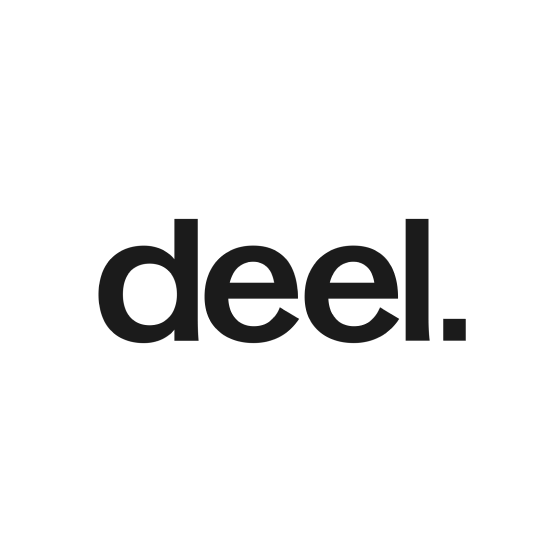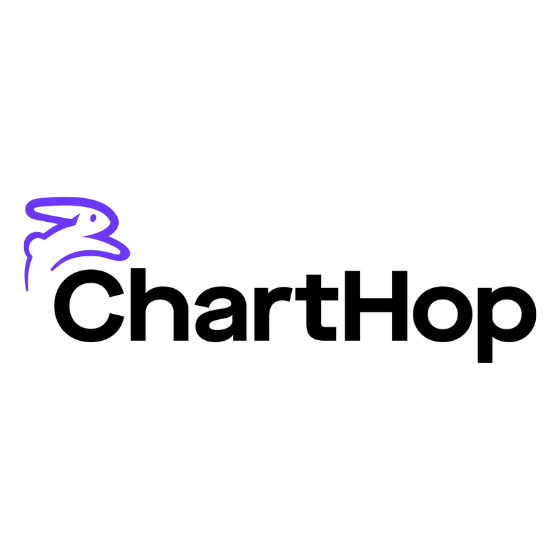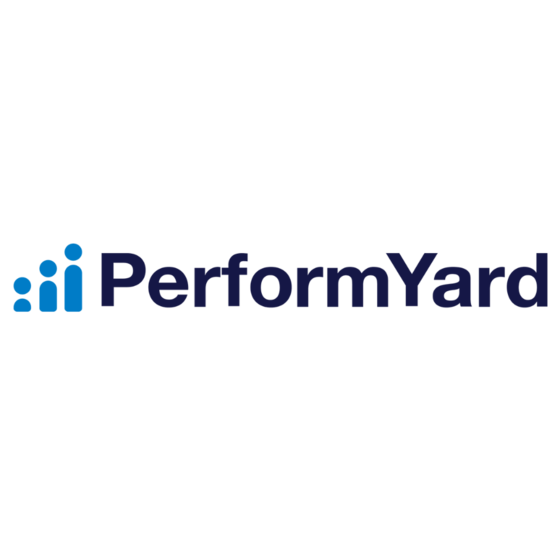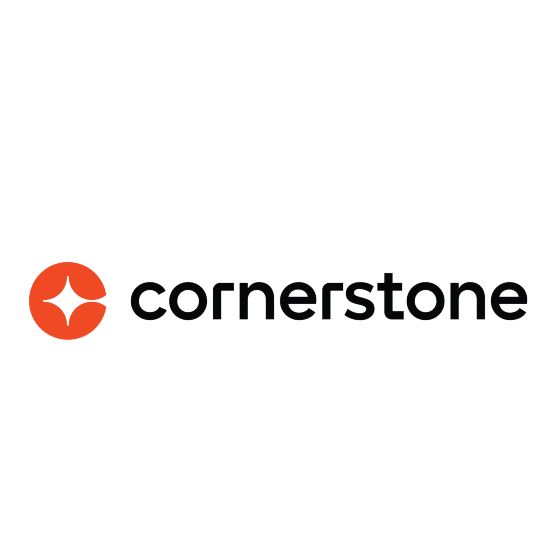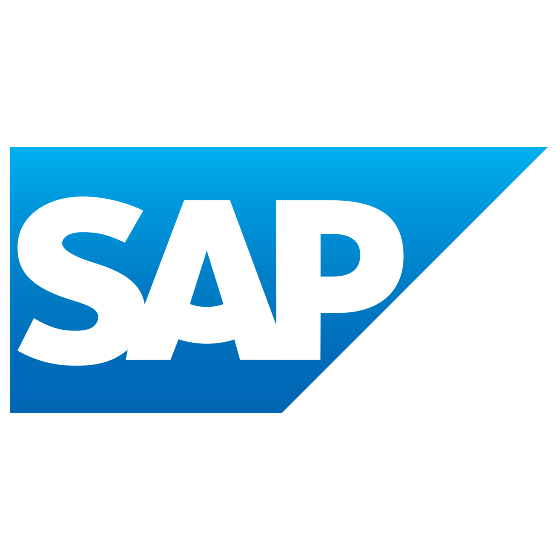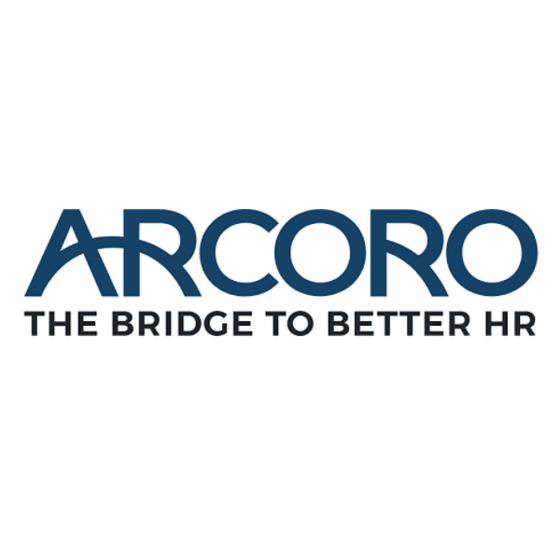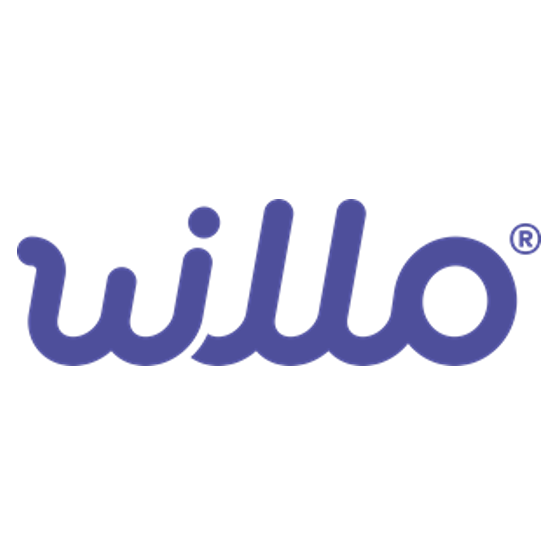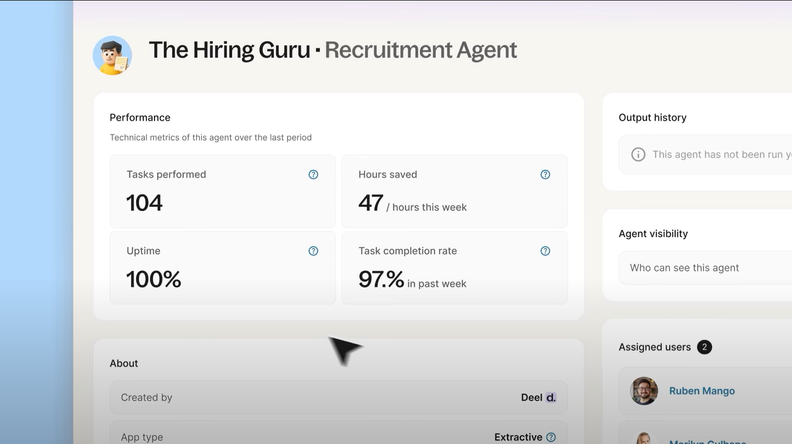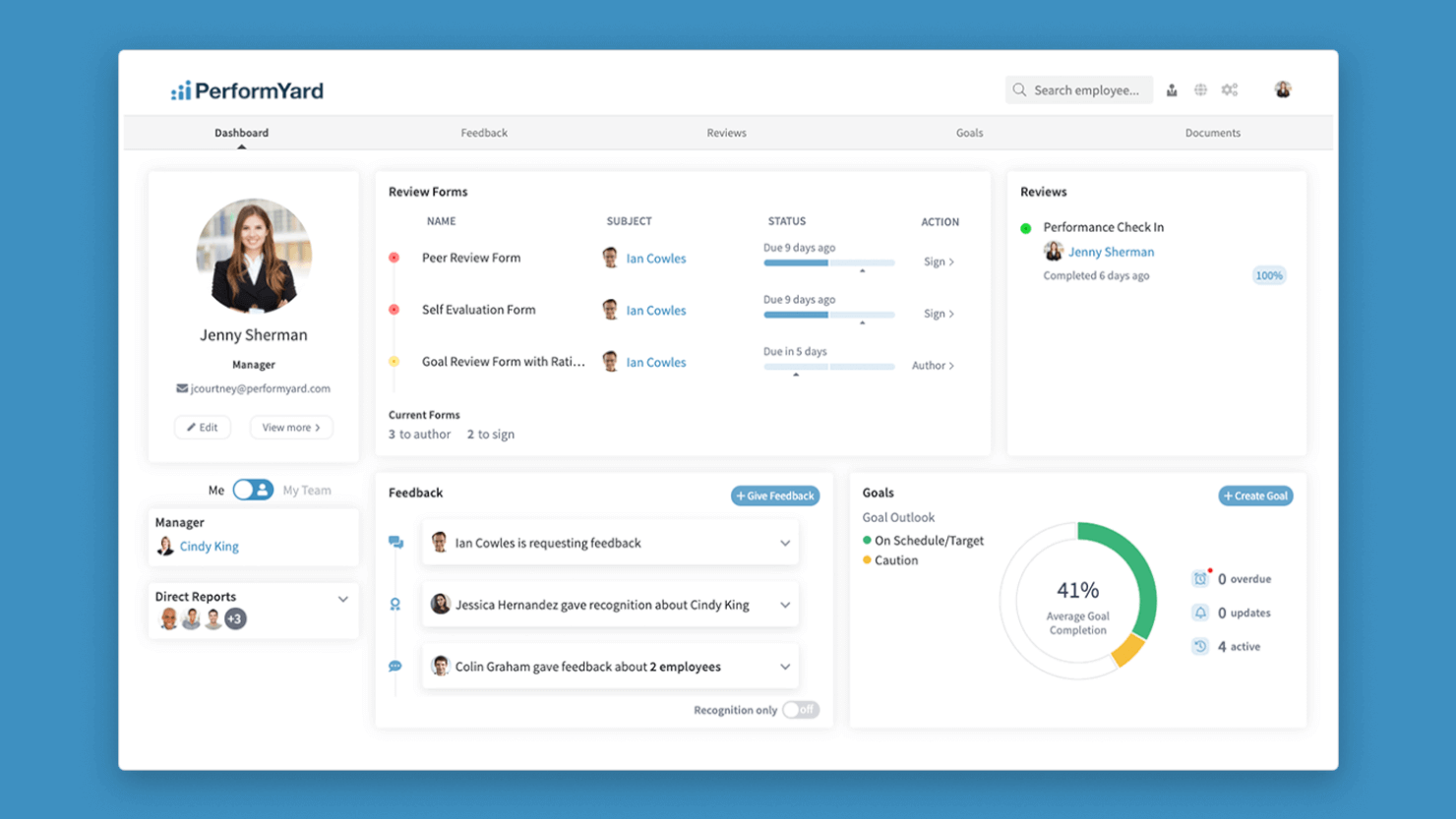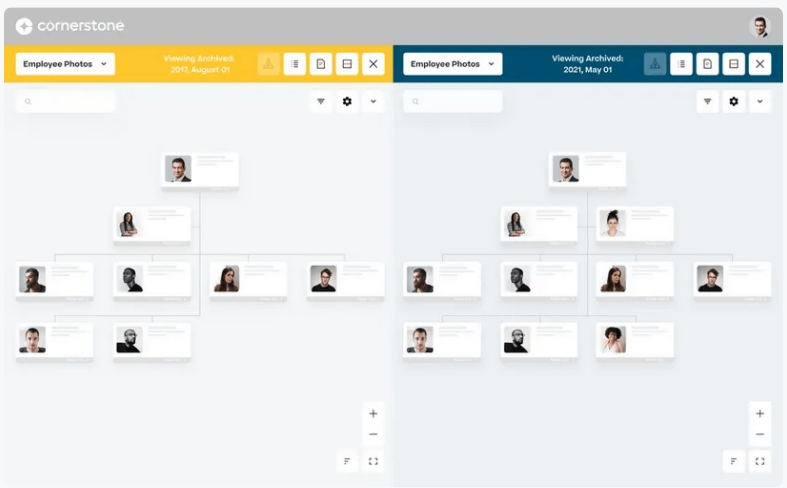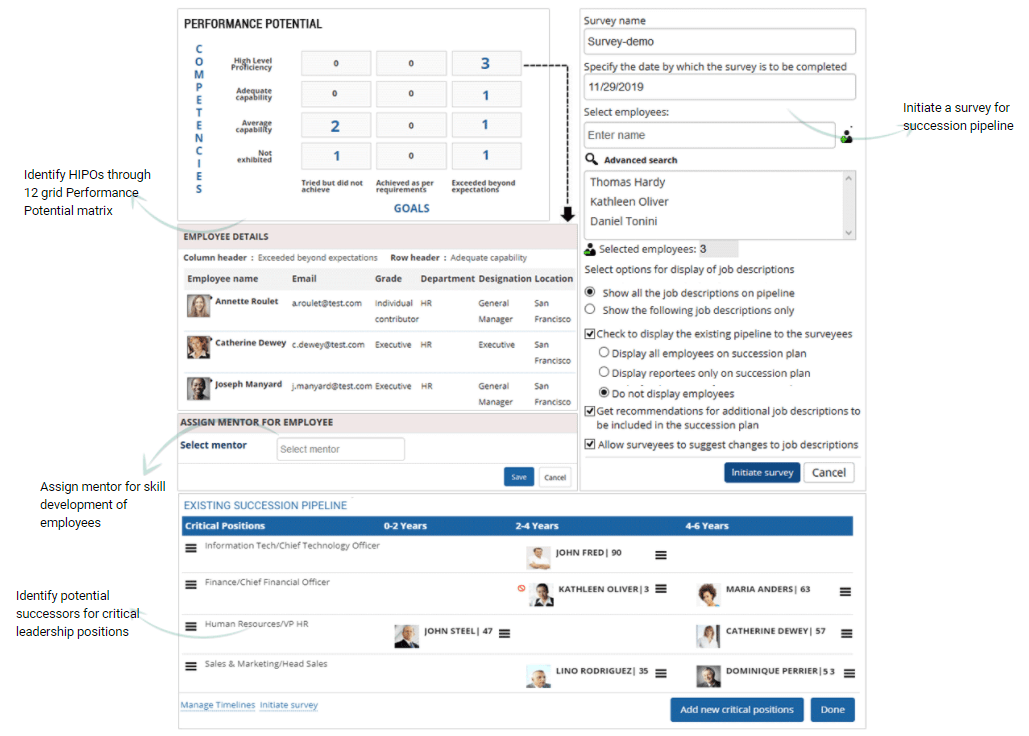10 Best Succession Planning Software List
Here's my pick of the 10 best software from the 20 tools reviewed.
The best succession planning software helps HR professionals identify future leaders, close skill gaps, and protect their organizations from costly leadership gaps.
Whether you’re moving away from spreadsheets and manual processes or searching for a more powerful upgrade, these tools save you time. They centralize talent data, create clear career pathways, and give you visibility into your leadership pipeline—so you’re never left scrambling to fill critical roles or struggling to compare solutions that all look the same.
In this guide, I share the best succession planning software options available today that truly make succession planning easier, more strategic, and more reliable. Since 2022, I’ve evaluated hundreds of tools to help HR professionals find reliable, effective solutions.
Why Trust Our Software Reviews
We've been testing and reviewing HR software since 2019. As HR professionals ourselves, we know how critical and difficult it is to make the right decision when selecting software.
We invest in deep research to help our audience make better software purchasing decisions. We've tested more than 2,000 tools for different HR use cases and written over 1,000 comprehensive software reviews. Learn how we stay transparent, and take a look at our software review methodology.
Best Succession Planning Tools: Comparison Chart
This comparison chart summarizes pricing, trial, and demo details about my top succession planning software selections to help you find the best software for your budget and business needs.
| Tool | Best For | Trial Info | Price | ||
|---|---|---|---|---|---|
| 1 | Best for AI-powered career progression frameworks | Free trial + demo available | From $29/month | Website | |
| 2 | Best for a dynamic visual charting tool including employee engagement features | Free demo + free plan available | From $8/user/month | Website | |
| 3 | Best for scenario modeling | 30-day free trial | From $199/seat/month | Website | |
| 4 | Best for linking succession planning with performance management | Free demo available | From $5 to $10/user/month | Website | |
| 5 | Best for deep workforce planning features | Free demo available | Pricing upon request | Website | |
| 6 | Best for a combined succession planning and LMS to facilitate upskilling | 30-day free trial + free demo | Pricing upon request | Website | |
| 7 | Best for enterprise-level succession planning and mentoring | Free trial + free demo available | Pricing upon request | Website | |
| 8 | Best for succession planning in compliance-heavy industries | Free demo available | Pricing upon request | Website | |
| 9 | Best for succession planning tools within a comprehensive HRMS system | Not available | Pricing upon request | Website | |
| 10 | Best for a 10-step succession plan development process | Free demo available | From $3-4/user/month | Website |
-

Rippling
Visit WebsiteThis is an aggregated rating for this tool including ratings from Crozdesk users and ratings from other sites.4.8 -

Willo
Visit WebsiteThis is an aggregated rating for this tool including ratings from Crozdesk users and ratings from other sites.4.8 -

ChartHop
Visit WebsiteThis is an aggregated rating for this tool including ratings from Crozdesk users and ratings from other sites.4.3
Best Succession Planning Software Reviews
Below you’ll find my detailed assessment for each succession planning platform that made it into my top 10 list, including notes on each tool’s best use case, noteworthy features, and software integrations. I’ve also included screenshots to give you a snapshot of the user interface.
Deel Engage is a talent development platform that integrates tools for learning management, performance evaluation, and career progression. It is designed to meet the needs of organizations looking to cultivate their future leaders through structured and strategic succession planning.
Deel is an excellent succession planning software because of its AI-powered career progression frameworks and advanced performance management tools. These features allow companies to define clear career paths and competencies, making it easier to identify employees with leadership potential.
The platform’s customizable performance reviews and 360° feedback system provide in-depth insights into employee capabilities, ensuring that future leaders are recognized and developed based on accurate and comprehensive data.
Additionally, integration with advanced analytics tools, such as heatmaps and 9-box grids, enables organizations to visually map out talent and identify skill gaps, ensuring that potential leaders are equipped with the necessary skills and experiences.
Deel Engage also offers an extensive library of training resources and a learning management system for employees to access high-quality learning materials that support their growth and development.
Deel integrates with Deel HR, and other HR systems like BambooHR, Workday, and Personio. You can also integrate with Slack or access custom integrations with its open API.
New Product Updates from Deel
Introducing Deel AI Workforce
Deel has launched the AI Workforce, a set of specialized agents designed to handle repetitive HR, payroll, and compliance tasks with speed and accuracy. These AI agents don’t just assist—they execute tasks from start to finish. For more information, visit Deel's official site.
ChartHop
Best for a dynamic visual charting tool including employee engagement features
Visualizing your entire staff roster is easy with ChartHop’s dynamic charting tools. Their visual tools are perfect for organizations with rapid changes that want to capture a live org chart in real-time.
The system is also well-designed to support headcount plans, scaling plans, succession plans, restructuring plans, and compensation plans. Other useful features include custom reports and tailored analytics, plus tools to assess tenure, key performance indicators (KPIs), goals and objectives, engagement and eNPS (employer net promoter score), and promotion rates.
The system is unique in that it helps users understand their corporate past while also planning for the future. You can time travel through different organizational charts to see how your company has evolved through the years. ChartHop also allows you to parse out your employee data however you want, which can be useful for new initiatives like DEI (diversity, equity and inclusion)—a hot topic in the HR world right now.
ChartHop integrates with 30+ common HR software platforms such as BambooHR, Sapling, Google Suite, Slack, JobVite, Gusto, Zenefits, and many others. In their higher-tier support levels, you can also integrate ChartHop with your ATS (applicant tracking system) or set up other custom integrations too.
Agentnoon is an AI-powered organizational design and workforce planning platform that helps you drive effective transformations within your company. By integrating financial and operational data, it enables you to model various business scenarios and assess their impacts in real time.
I like Agentnoon's robust scenario modeling feature. This allows you to create and compare multiple organizational structures, helping you visualize potential leadership transitions and their effects on your company's performance. By modeling different succession scenarios, you can proactively address potential challenges and ensure a seamless leadership pipeline.
Another unique aspect is Agentnoon's Intelligent Design capability. This feature leverages AI to provide data-driven insights into your organizational structure, identifying areas that may benefit from leadership development or restructuring. With this information, you can make informed decisions about talent development and succession planning, ensuring your leadership team is well-prepared for future challenges.
Some integrations include Workday, Oracle, SAP, UKG, Dayforce, and ADP.
New Product Updates from Agentnoon
Agentnoon's Sunburst Chart and Other Core Updates
Agentnoon has introduced a Sunburst chart offering a radial view of organizational hierarchy, allowing users to quickly examine structure and relationships. Other important updates include custom metrics, spotlight presets, drill-down data, bulk invites and assignments, and custom Org chart root settings. For more details, visit the Agentnoon Changelog.
Best for linking succession planning with performance management
PerformYard is a performance management software that provides flexible features for HR teams to support an effective succession planning strategy. HR teams get the tools they need to identify high-performing team members for future opportunities, while employees get a streamlined experience so they can focus on development.
With PerformYard, you can customize the software to fit the strategy that’s right for your organization's succession planning needs. For example, their performance management tools, including 360-degree reviews, project-based reviews, rating scales, continuous feedback, and cascading goals can be customized to include long-term career development prompts to tap into future advancement potential and goals.
PerformYard's simplified employee experience helps facilitate useful feedback and quality conversations. They also provide dedicated customer success managers for every customer to manage their implementation from onboarding to employee training, to ongoing support.
PerformYard integrates with most major HRIS/Payroll systems including ADP, BambooHR, Gusto, Rippling, UKG, Paycom, Workday, and Paylocity.
Cornerstone is a data-driven workforce planning software that helps businesses align employees with their organizational goals. Their platform aggregates workforce data into visual formats that make it easy for key stakeholders to digest. As well, their system links details such as staff headcount, budget, performance and organizational structure together so you can make decisions quickly if your business environment changes unexpectedly.
The Cornerstone system supports succession planning through their scenario modeling feature. Using their “what if” models, you can create scenarios and run through potential changes to your organizational structure depending on a variety of factors. You can also compare past organization structures with the future, to see how your structure has evolved over time.
Cornerstone is technically an HCM (human capital management) platform. In addition to their deep workforce planning features, their platform has modules to support recruiting and onboarding, learning and development, performance management, engagement, and core HR data management.
Integrations with Cornerstone are not noted on their website, though they do have an API to support them.
Best for a combined succession planning and LMS to facilitate upskilling
Built for businesses of all sizes, PeopleFluent helps companies hire, develop, engage, and upskill their employees through a combination of key tools. In addition to succession planning tools, their system also has features for recruitment, performance, compensation, learning, talent mobility, and organizational charting.
Their succession dashboard is designed to help HR teams identify their top talent, and make data-driven decisions to guide their development towards fulfilling the next generation of leadership roles. You can develop talent pools for specific key positions, and map out career pathing options to ensure your next-in-line staff will be ready when a vacancy arises.
The system includes tools to facilitate mentoring and create career development plans as well. Plus, their incorporated Learning Experience Platform makes it simple for HR managers to develop key staff and help them acquire the new skills they’ll need to advance.
PeopleFluent integrates with 20+ common HR software solutions including Affirmity, Breezy HR, CognosOnline, CourseWare, e-learnmedia, Gomo Learning, Hit Point, Open Sesame, Stratagile, VectorVMS, Watershed and others.
Best for enterprise-level succession planning and mentoring
SAP SuccessFactors supports succession planning at the enterprise level with their Succession & Development software.
Their system helps to ensure you place the right people in the right roles with a built-in tool to uncover hidden talent through a company-wide search of employee talent profiles. Tools to streamline competency and skill assessments, as well as a nine-box matrix rating grid, also help human resources teams identify the top and bottom performers in any team.
The system goes beyond just matching employees with roles and offers more features in the area of strategic succession management. This includes functions like assessing the risk and impact of a key talent loss, identifying employees who are flight risks, and tools for assessing your bench strength.
Their “what if” scenario function also helps users plot the domino effect of proposed succession plans by generating different outcomes in a visually digestible way. Another rich feature I haven’t seen with other platforms is how SAP’s system creates mentoring programs and automatically matches mentors with mentees.
SAP can be set up to integrate with other software, either through their API or via pre-packaged integrations. They also have a full-feature mobile app for iOS and Android users too.
Arcoro’s HR software platform helps HR teams hire, manage and grow their talent. Their system includes everything from an applicant tracking system (ATS) and onboarding tools, to performance management, learning management and succession planning tools. It’s a widely used option across industries with specific compliance, legal, and drug & background screening needs.
Their succession planning module works hand-in-hand with their performance management module, making it easy to assess employee competencies at a glance using their comprehensive employee scorecards. Managers and other decision makers can also assess employees using a 9-box talent matrix, which gives a clear visual of when an individual is ready for a promotion. Performance reviews within the system also feed into actionable development plans, making employees accountable for addressing any skill gaps before they can advance. As well, the platform also hosts a learning management system to help your staff with upskilling too.
Formerly known as BirdDogHR, Arcoro integrates with popular technology platforms such as Indeed, LinkedIn, ZipRecruiter, US.Jobs, Glassdoor, Quickbooks, and others.
Pricing details are available upon request. Via their website, you can also request a free HR Assessment to help you figure out which modules your business needs.
Best for succession planning tools within a comprehensive HRMS system
Empxtrack is an HRMS (human resources management system) that has modules for recruitment, performance appraisals, 360-degree feedback, exit management, payroll (India-specific), and strategic HR functions. Their succession planning software—included in their strategic HR package—ensures business continuity by helping organizations identify key leadership roles and giving them the tools to build talent pipelines of potential successors to fill those roles in the long term.
You can get a sense of their detailed process in the screenshot above. Their system helps management teams identify their high potential employees (which they call HIPOs), and evaluate them thoroughly. Performance evaluations for succession planning are completed through a combination of surveys to get feedback from senior staff, and ratings on a 9-point or 12-point performance potential matrix, as shown above. You can also assign a mentor to help coach each future leader into their long-term position.
Empxtrack integrates with many HR tools through their API, but specific software providers are not listed on their website. One nice feature is that they offer online customer support 24x7.
Pricing details for the strategic HR solutions package are available upon request. However, other modules within their system, such as their Employee Portal and HRIS, Performance Appraisals, 360-Degree Feedback, Payroll (India-specific), Leave Management, Attendance, and Exit Management can be used for free with some limitations on users and reports.
Bullseye Engagement is an employee development platform that includes modules for succession planning, workforce planning, employee engagement, talent development, compensation planning, performance reviews including 360-degree feedback, operational and core HR functions, and ethics. The flexibility of their system makes it an attractive option, since you can pick and choose which modules to configure, depending on what you need.
Their succession planning tool is designed around a comprehensive 10-step planning process for executing successful succession plans, and can be linked with their additional talent bench strength module for added firepower.
Their tool assists with the nitty gritty details of succession planning by asking key questions like: What tasks was this person responsible for? How long do we need to cross-train someone for that role? And, what time frame are we looking at for the transition?
Bullseye integrates with Microsoft applications, as well as BambooHR, Centrify, Okta, OneLogin, Rackspace, Skillsoft and other common HRIS and ERP software platforms.
Other Succession Planning Software Options
Here’s a few more succession planning tools that didn’t make the top list:
- TalentGuard
Talent management system for detailed talent pool comparisons
- Plum
Holistic suite of talent assessment tools, based on predictive psychometric data
- Eightfold
For an AI-driven talent intelligence platform
- Lattice
For performance, growth, goals, and compensation management in one place
- Motivosity
Forward-thinking leader development tool that facilitates personalized succession plans and key player evaluations
- MentorcliQ
For pairing employees with mentors for professional development
- Qooper
For matching future leaders with executives and senior mentors
- Paycor
For connecting performance and learning with succession planning
- eloomi
Combined performance management + learning and development system that facilitates coaching conversations to help employees achieve long-term career goals like succession advancement.
- Ingentis org.manager
Powerful charting and scenario modeling tool that can visualize data from any source
Selection Criteria for Succession Planning Software
Wondering which features I look for when selecting the best succession planning tools? Here’s a summary of my evaluation criteria:
- User Interface (UI): I appreciate visual elements that simplify the planning and evaluation process. This includes elements like visual employee scorecards and 9-box grids showing performance potential or skill maps. Visual dashboards and features like side-by-side comparisons, or dynamic organizational chart functions are also very useful.
- Usability: I prioritize systems that have straightforward processes, are easy-to-use, and incorporate data from other talent management systems or modules to reduce any data entry requirements.
- Software Integrations: I look for systems that integrate with other commonly used HR software solutions, such as human resource information systems (HRIS) or learning management systems (LMS).
- Value for Price: While I always prefer software with transparent pricing models, those details aren’t always readily available. Instead, most of the software in this list is customizable depending on the modules you need. Therefore, the pricing isn’t published as a one-size-fits-all cost.
Features of Succession Planning Tools
As you dive deeper into our list of the best succession planning software, you’ll notice they fall into several software sub-categories. Succession planning features are often rolled into talent management platforms or workforce planning tools. Or they may exist as modules within a larger HRIS or HCM (human capital management) system. That said, there are some common features you can expect from any of the top succession planning tools:
- Talent pools and pipelines: Both are essential components of any succession plan. Talent pools are a shortlist of candidates you are assessing for a future role, and talent pipelines are a way to mark the most promising candidates for future advancement toward a specific role.
- Advanced performance management and assessment features: Succession planning should always incorporate an employee’s performance history. Since we’re talking about planning the future of your business, it’s reasonable to assume you’ll naturally want to invest more in your highest performers. The best systems have integrated functions to assess competencies and skill gaps.
- Development plans: It’s one thing to tell an employee you’d like them to advance. It’s another thing entirely to show them how to get there, and give them the tools to make it happen. Development plans, often the output of advanced performance reviews, are concrete plans that spell out the skills and experiences required to get employees to the next level of their career.
- Comparative tools: To help you determine which candidate is best suited for a future role, features like side-by-side comparisons, scorecards, and skill matrices are very important.
- Advanced modeling tools: Since succession planning is all about securing a company’s future, advanced modeling tools are a basic requirement for success.
- Dynamic organizational charting: Since most people are visual learners, dynamic organizational charts (org charts) are a key feature for any top-level succession planning tool. Charting features should include drag-and-drop changes, and past, present and future modeling options.
- What if scenarios: While often tied to org chart modeling, “what if” scenarios are crucial in that they highlight specific situations that need addressing. They can be completed for all key leadership positions, as well as for other internal functions where you may have a lack of skill redundancy. For example, if only one person in your company knows how to process payroll, what’s going to happen if something happens to them?
What is Succession Planning Software?
Succession planning software is a tool that helps HR professionals and business leaders identify future leaders, develop internal talent, and prepare for key role transitions.
It replaces manual processes with centralized tools for tracking skills, creating career development plans, and mapping leadership pipelines. By reducing the risk of leadership gaps, it improves retention, ensures business continuity, and supports data-driven workforce planning.
Frequently Asked Questions about Succession Planning
Still have a few more questions? These answers to frequently asked questions should get you straightened out.
Why should you use succession planning software?
Succession planning software streamlines the process of identifying and developing future leaders within your organization. It centralizes talent data, makes succession decisions transparent, and helps you track leadership readiness over time.
For leadership teams, this means you reduce business risk, avoid disruptions from unexpected departures, and support smoother transitions. Automated workflows and built-in analytics replace complex spreadsheets, saving time and improving accuracy across your management pipeline.
How do you evaluate the ROI of succession planning software?
To evaluate ROI, start by tracking reductions in leadership gaps and time to fill critical roles. Effective software should lower costs tied to hiring executives externally and reduce turnover by nurturing talent internally.
Also, assess improvements in employee engagement, leadership bench strength, and retention among high-potential team members. Calculate time saved for HR and leadership on manual tracking, and factor in reduced business disruption from smoother transitions.
Monitoring these metrics over 12-24 months gives a clear picture of your software’s impact.
What challenges do companies face when implementing succession planning tools?
Common challenges include resistance to change, lack of data quality or consistency, and limited user adoption among managers. Many teams struggle to define clear success profiles or accurately assess leadership potential. Integration with existing HR systems can cause delays or create data silos if not managed well.
To overcome these hurdles, involve stakeholders early, provide strong training and change management, and work closely with your vendor on data migration and system compatibility.
How does succession planning software integrate with existing HR systems?
Most succession planning tools are designed to integrate with popular HRIS, payroll, and talent management platforms using APIs or data connectors. This allows you to sync employee records, performance data, and organizational charts automatically.
Before purchasing, ask vendors for integration documentation, case studies, and references. If your organization already uses a cloud-based HR suite, look for succession tools with direct native integrations. Strong integration reduces duplicate data entry and ensures your leadership pipeline accurately reflects current staff movements.
What features should leadership teams prioritize in succession planning tools?
Prioritize features that make succession planning actionable and transparent—such as talent assessment tools, customizable success profiles, robust analytics, and scenario modeling. Look for AI-driven recommendations, competency frameworks, and development tracking. User-friendly dashboards let your leadership team review progress at a glance. Integration with performance management and learning systems adds value by linking development plans to succession targets.
Collectively, these features enable data-driven decisions and foster buy-in across leadership.
When is the right time to invest in succession planning software for my organization?
Invest when you notice leadership gaps, increased turnover risk, or your company is growing rapidly. For many, succession planning software becomes necessary as teams grow past 100 employees or start to lose key staff to retirement or attrition.
If manual processes slow down your planning, or you want to proactively future-proof your leadership, it’s time to act. Early investment supports internal promotions and ensures smoother transitions for business continuity.
Choosing the Right Succession Planning Software
Succession planning software gives HR professionals the tools to identify future leaders, close skill gaps, and ensure organizational continuity. In this guide, you’ve seen how the best platforms can help you move beyond spreadsheets, reduce the risks of leadership gaps, and make data-driven workforce planning part of your everyday strategy.
The next step is to evaluate which solution best aligns with your company’s size, culture, and leadership needs. Start by shortlisting a few tools from this list, exploring their demos or free trials, and involving key stakeholders in the decision-making process.
If you found this guide helpful, subscribe to the People Managing People newsletter for ongoing insights into HR strategy, leadership development, and the latest software trends to keep your organization future-ready.
Related Reads:


